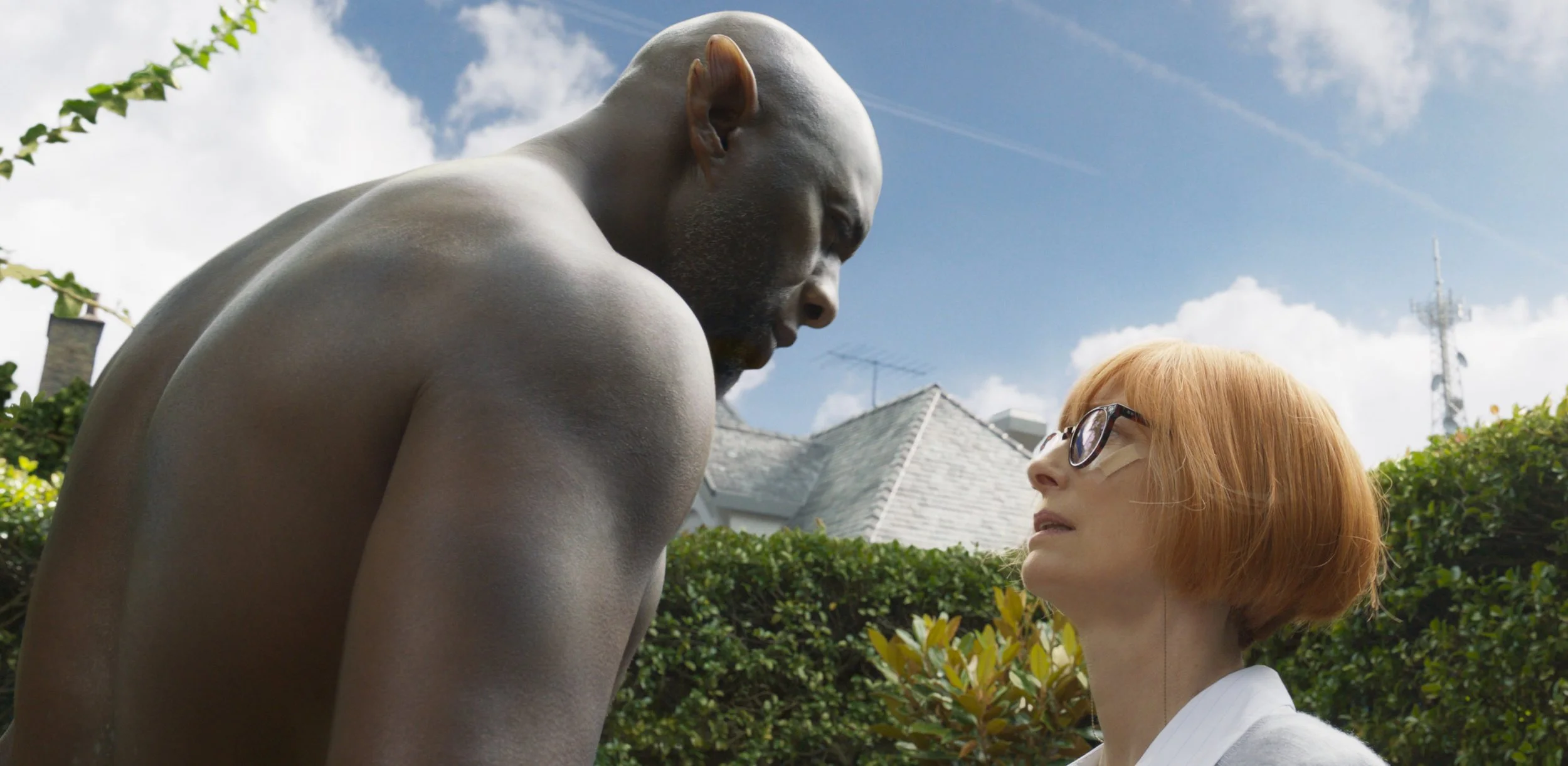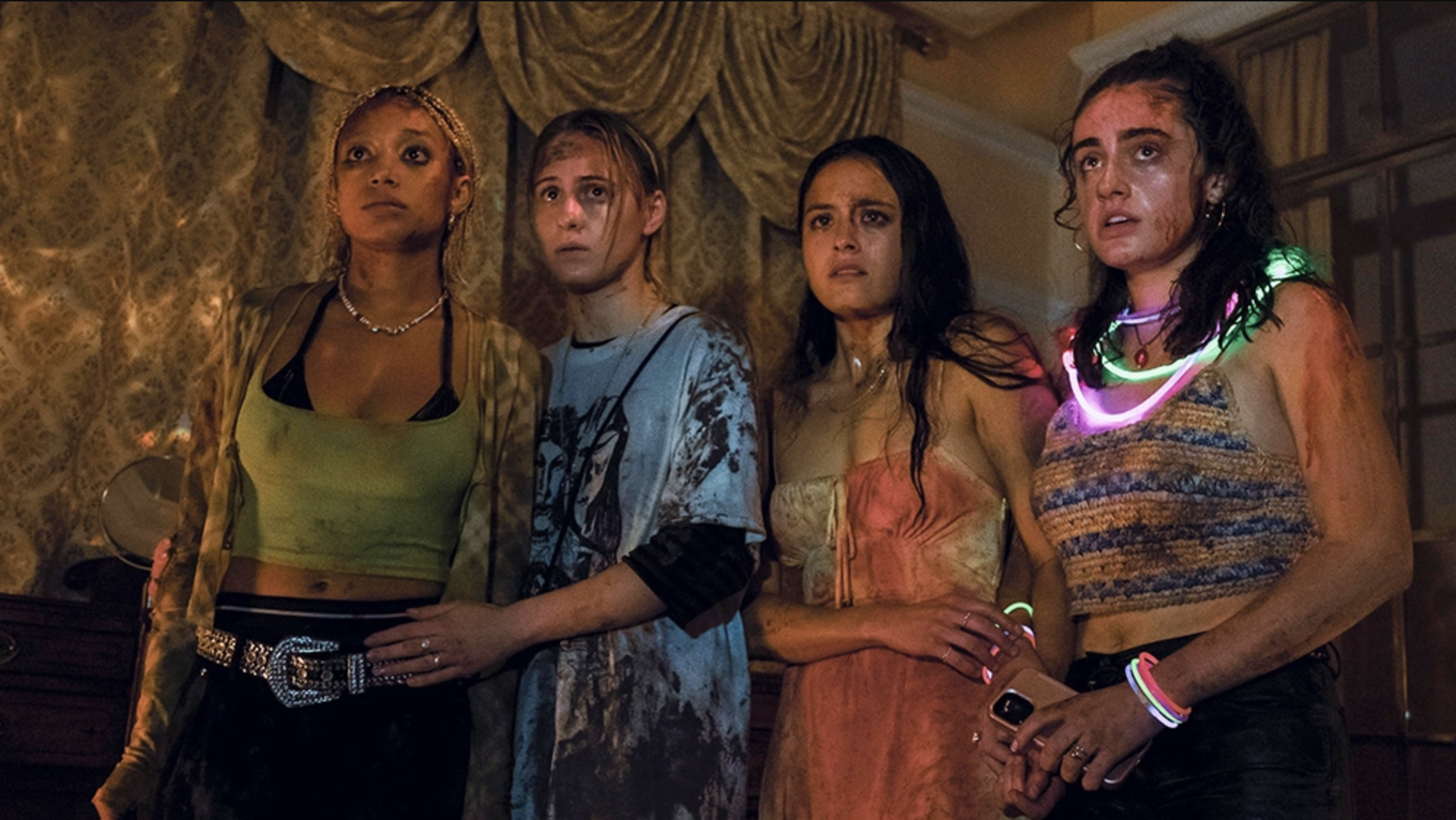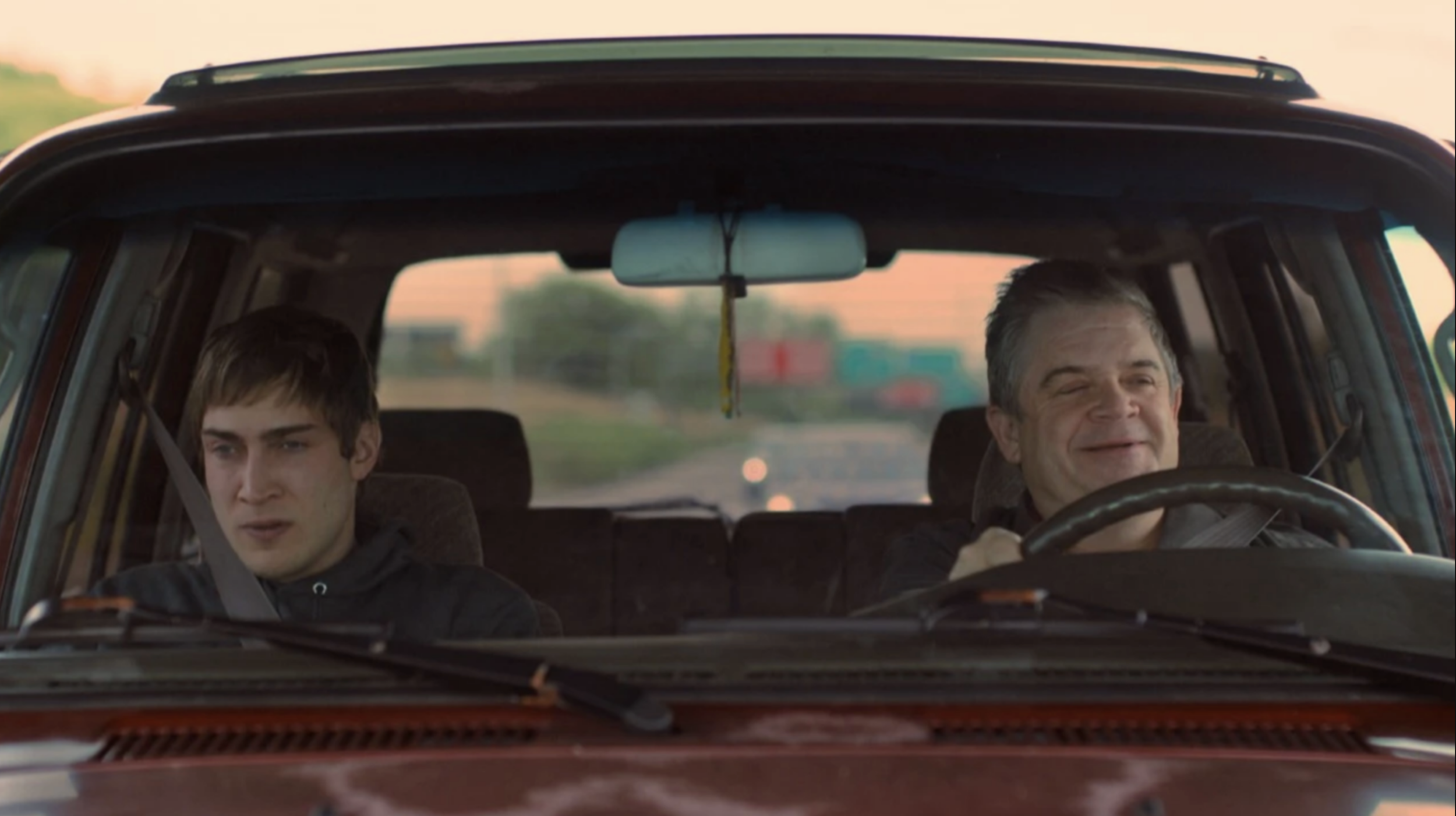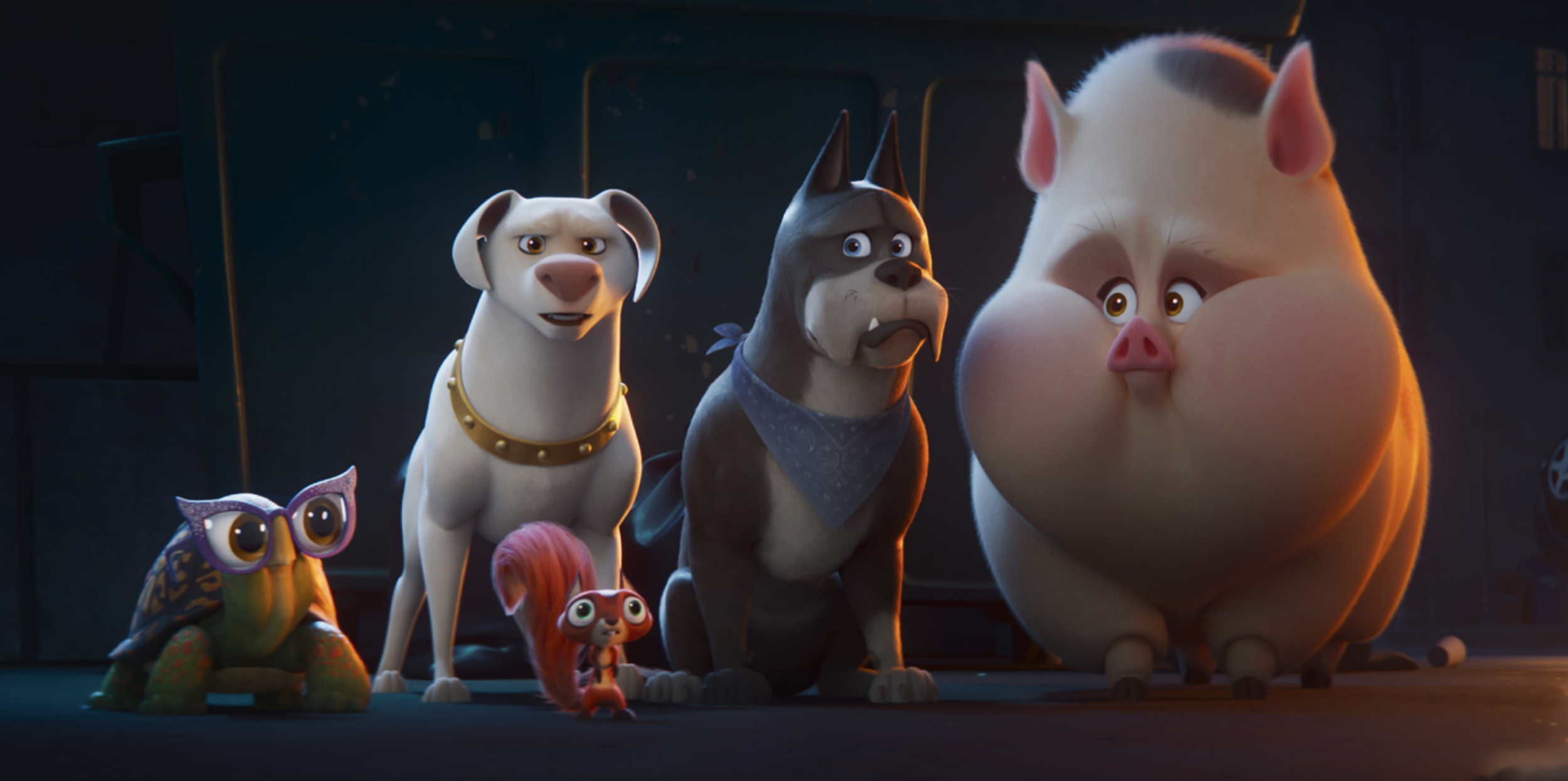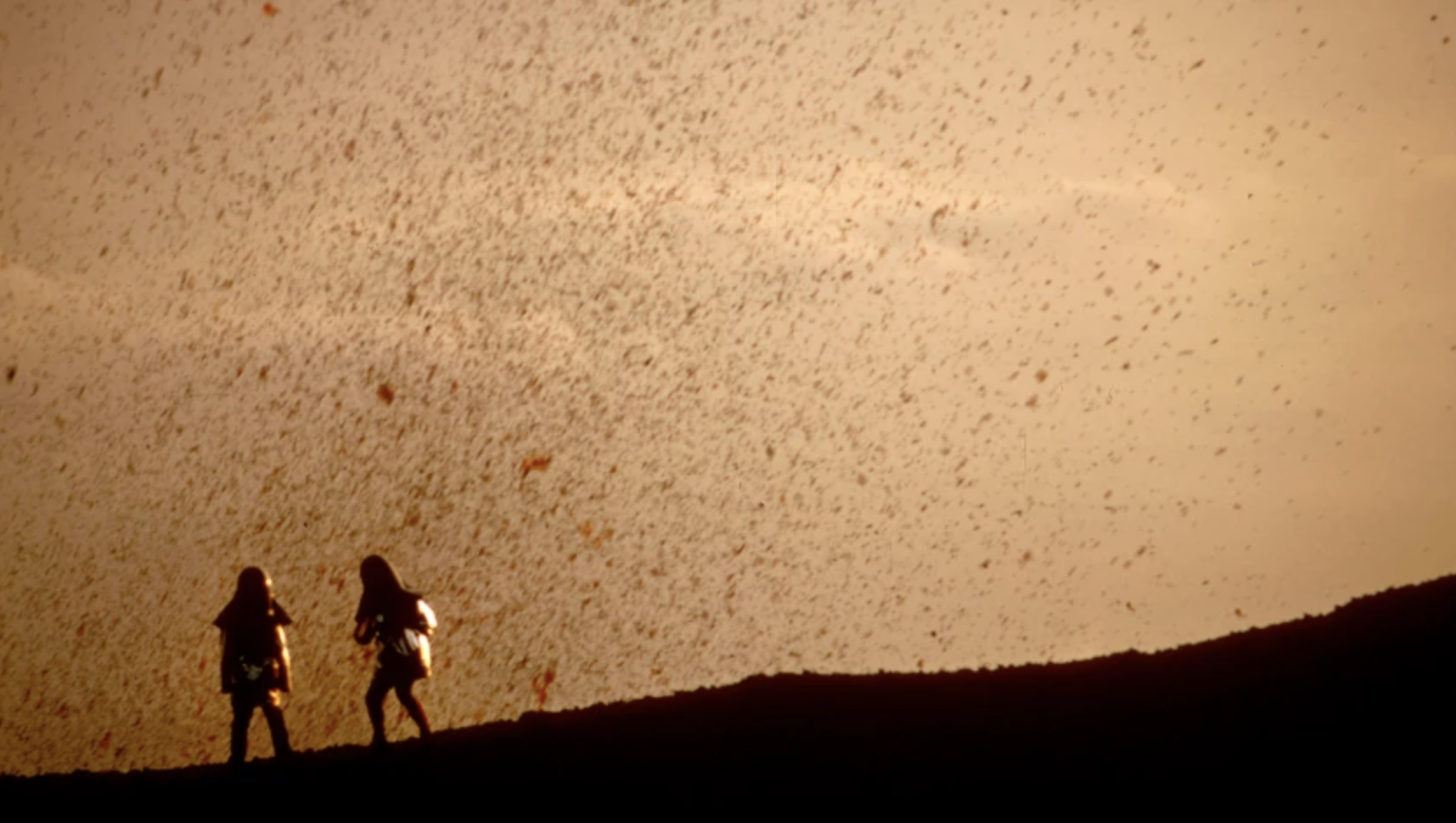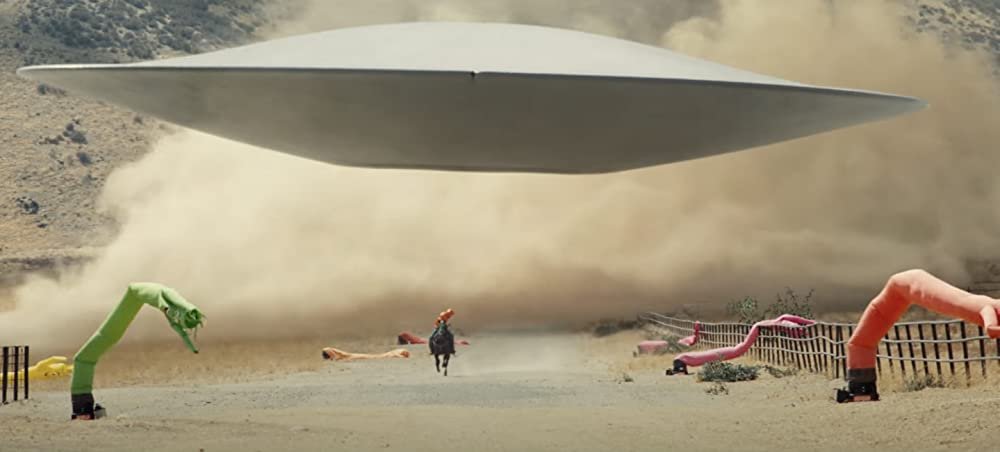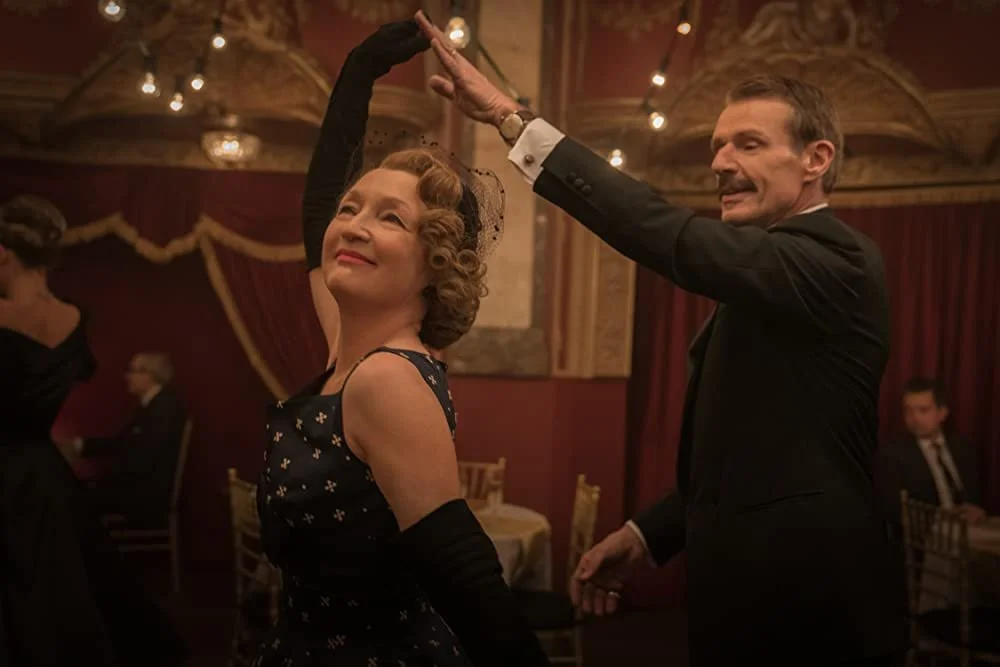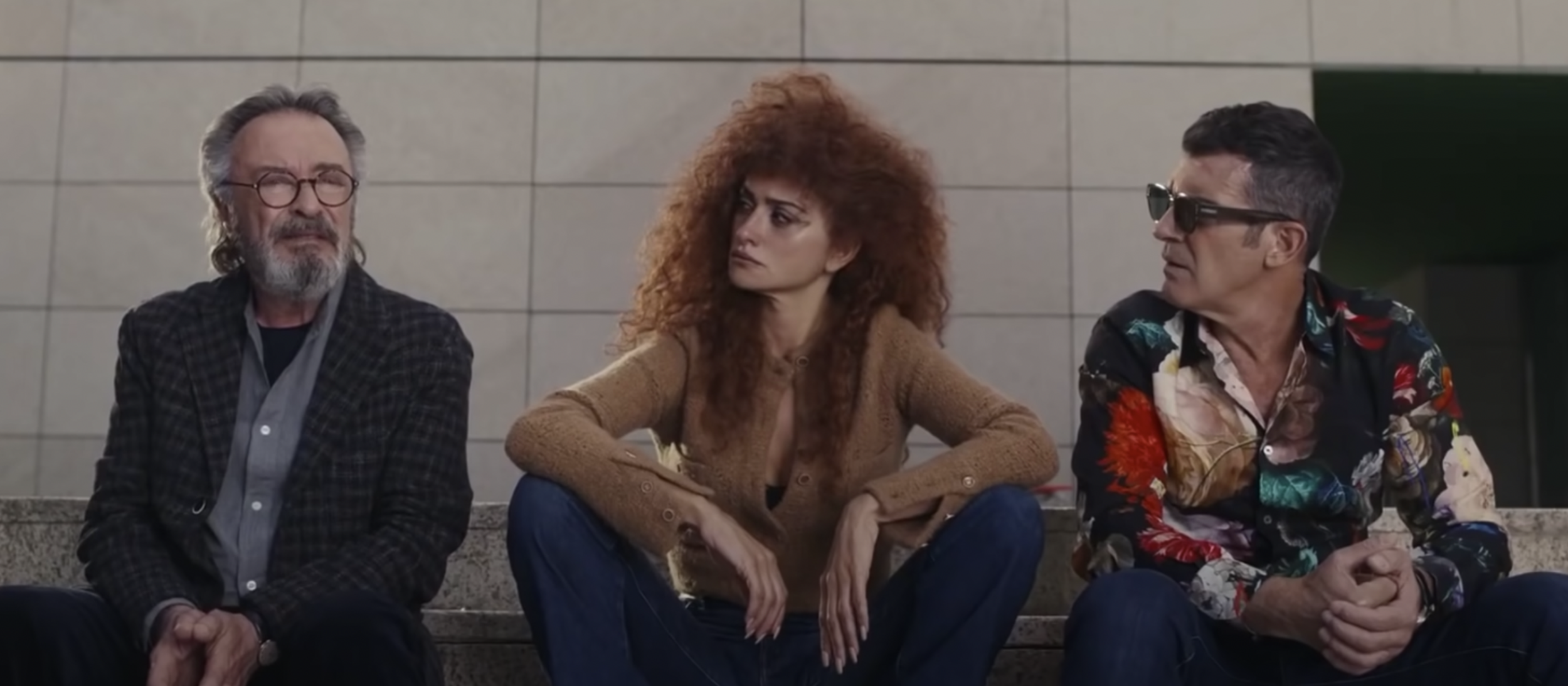THREE THOUSAND YEARS OF LONGING
Directing: B
Acting: B
Writing: B
Cinematography: B+
Editing: B+
Special Effects: B+
I keep imagining what Three Thousand Years of Longing will look like on small screens. The film is in theaters now, opened this past weekend, and to say people are not flocking to it would be an understatement—so far it has grossed all of $2.8 million. With a budget of $60 million, to call that a flop would practically be an insult to flops. And it’s really unfortunate, for two reasons: first, it suggests the movie is worse than it really is; it’s actually fairly compelling. And second, it looks fantastic on the big screen, in a way I fear will not translate to televisions and mobile devices, no matter how big the TVs are. At this point it will be a huge surprise if this movie even finds much of an audience in an eventual streaming landscape.
And this puts me in a tricky position, because while Three Thousand Years of Longing is both fine and in certain ways even provocative, inviting spirited discussion, I still can’t say it’s good enough to justify recommending you see it in theaters. What I can say is, if you do go see it in theaters, it won’t feel like time wasted. And in its defense, this film does not deserve to be flatly ignored by the public at large, which is essentially what’s happening.
I suppose it might have had better prospects for success if it were better than just fine. There seems to be a critical consensus that the story is a bit trifling, but the film is beautiful to look at. That is my assessment as well, but with an emphasis on its beauty being far best appreciated in actual cinemas. The visual effects seem to occupy a sort of middle ground, where it doesn’t look like a fortune was spent on them, but director George Miller has a deep talent for making the best of limited means. The visuals don’t ever look particularly cheap, either.
There’s one shot in particular, very brief and arguably unimportant to the story, that very much impressed me: when Idris Elba’s “Djinn” (known in the West as a genie) is released from his bottle by Tilda Swinton’s academic “narratologist” Alithea Binnie, he is at first huge by comparison, literally filling the entire space of her hotel room. As he slowly resizes down to better fit the space, there’s a moment when he gently grabs her by a hand that is itself nearly as large as her entire body. And this shot, blending live action footage with CGI animation, it looks incredibly convincing and real. There are other shots where the visual effects don’t look quite as real, but they don’t quite move into the realm of “fake,” either; they exists in an intermediate space of George Miller’s design, and thus easy to accept as an element of this very specific fantasy.
And here we move into another one of Three Thousand Years of Longing’s several contradictions. This movie is very much a fantasy, and in terms of production design, pacing, and visuals, all combine to make a film that is truly unlike any other, something that should be very much to its benefit. (It’s also fascinating to see a fantasy film that still acknowledges the residual effects of our modern, real-life pandemic, with sporadic extras wearing face masks in indoor scenes.) And yet, broadly speaking, it is still just another love story. Alithea and the Djinn spend a lot of time in her hotel room having intellectual discussions about the utility of being granted wishes, how all such stories are always cautionary tales, but as the Djinn regales her with many stories of his previous times spent outside of the confines of bottles (for the duration of the time indicated by this film’s title), they are all tragic tales of love, and meanwhile the affection brewing between Alithea and the Djinn is telegraphed very early on (and thus it’s really not a spoiler for me to reveal that here).
I was fully engaged through all of this, and most other viewers likely will be too, and yet for a story ostensibly themed on the eternal longing of romantic attachment, overall this film arrives at a place surprisingly shallow. It seems easy to deduce that a big part of its lack of success is how it doesn’t feel its feelings very deeply, much as its characters purport to; Miller, instead, is largely intellectualizing it all, as that is precisely what Alithea and the Djinn do as they discuss all this in her hotel room, through most of which she insists she is “content” and has no need for any wishes.
To be honest, this is where I really wish Miller had gone in a different direction. In the end, Alithea is not quite as contented as she insisted she was. But, there really are such people out there, rare as they may be, and it would have been nice to see some resolution where a contented woman—particularly an older, single, childless woman—managed to stay that way. I suppose Miller might argue, given the way that the film ends, that she does. But, I would argue otherwise. There is an assertion made in this film that there is something that “all women desire,” and although it is never said explicitly, there is very much the connotation that it is romance. And that’s a little reductive.
Nevertheless, I very much enjoyed the banter between Swinton and Elba in this movie, and would have liked even more of it than it offered. There’s a large amount of flashbacks to the Djinn’s previous experiences over thousands of years, and that is where most of the visual effects are found, but I found these sequences to be compelling as well. I particularly enjoyed the means by which the Djinn gets discovered by a new person after centuries or even millennia, which are fairly clever. That might be how I would summarize this movie overall, actually: fairly clever. It takes a universal theme and repackages it in a unique way. Most viewers would enjoy it just fine sometime later on a smaller screen at home, but as a visual experience, I was glad to have seen it at a cinema.
It’s a vivid experience, I’ll give it that.
Overall: B

